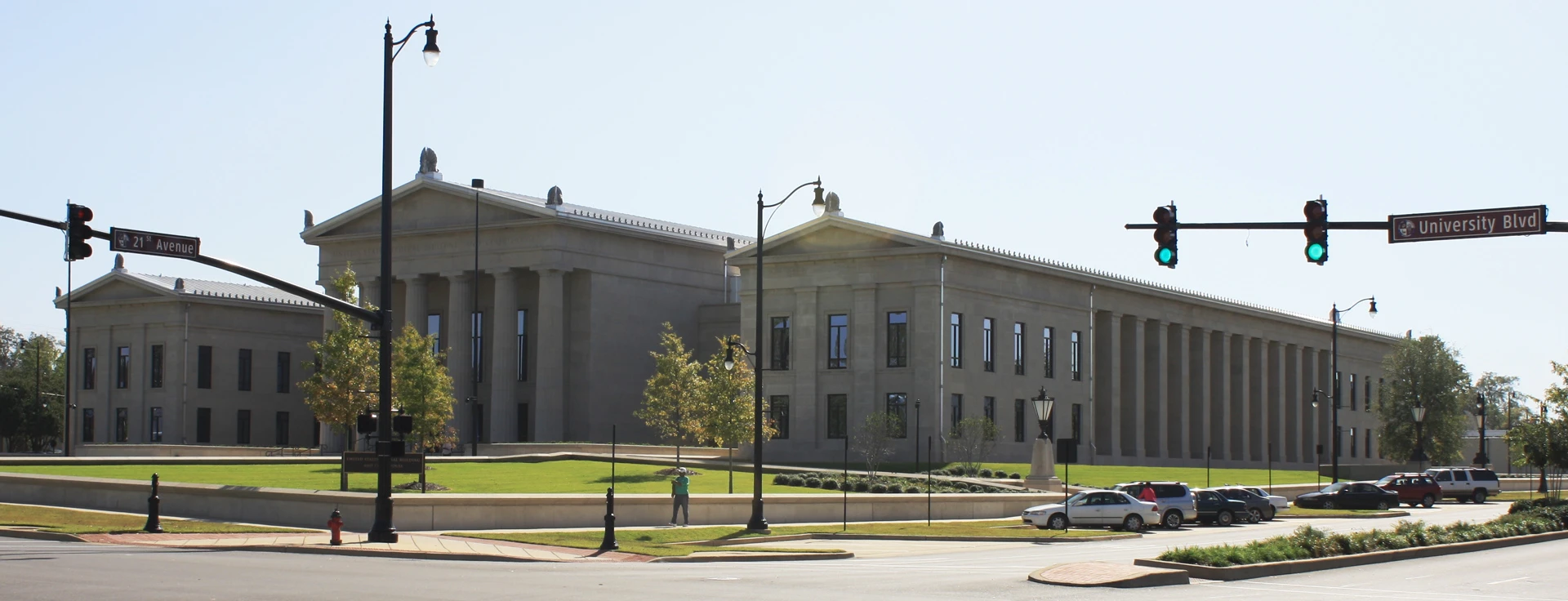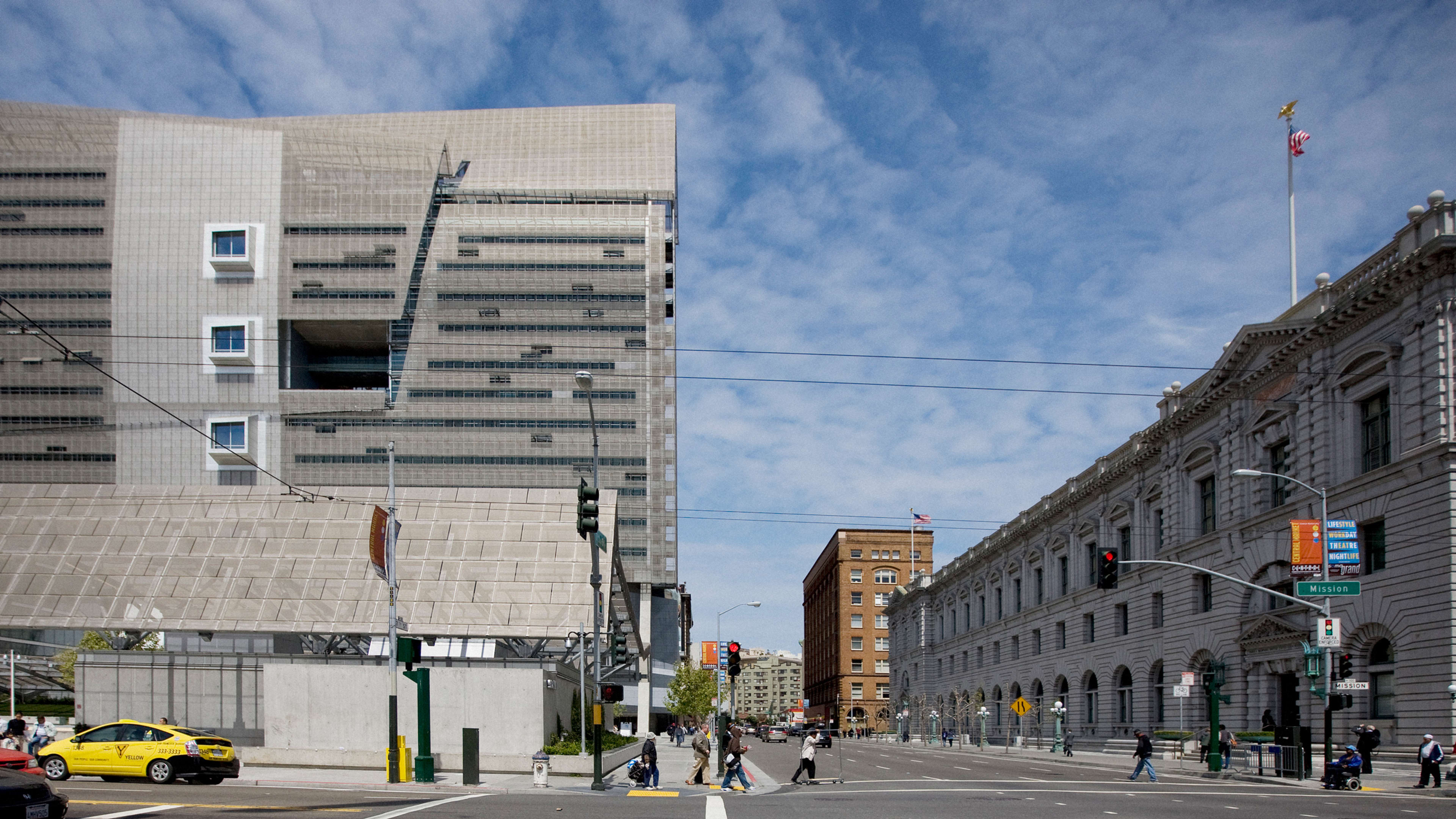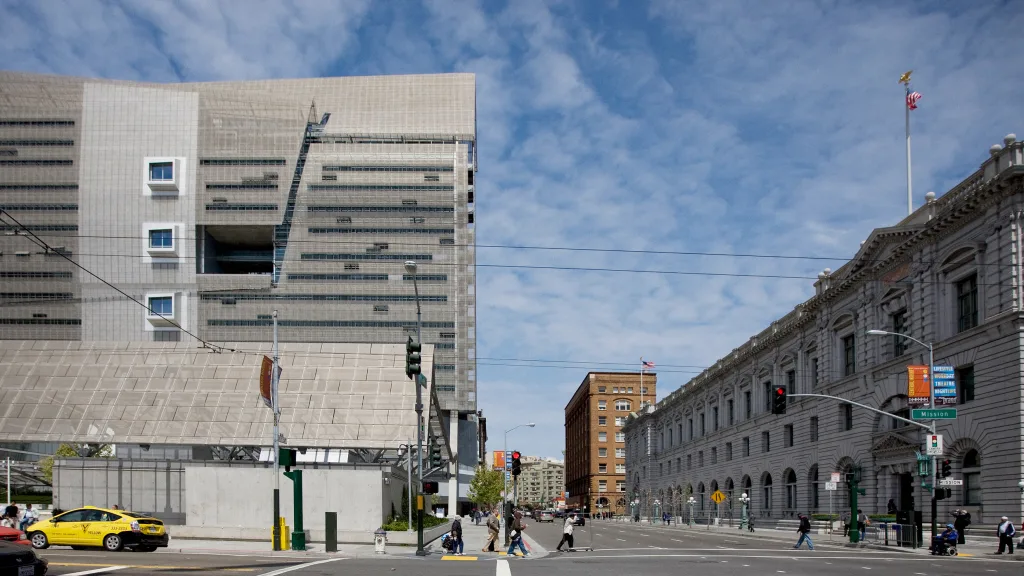A controversial draft of an executive order from President Trump’s office privileges traditional styles of architecture over more contemporary buildings. The document, “Make Federal Buildings Beautiful Again,” praises landmarks like the Capitol Building and the Lincoln Memorial for their Greco-Roman pillars and stately marble facades, whereas modern architecture is dismissed as “ugly.”

So which buildings are seen as so offensive? Brutalist ones, for starters. The no-nonsense style was popular in the late 1950s and 1960s, and the proposed executive order points to three Brutalist federal buildings that “inspired public derision” when they were built: the Hubert H. Humphrey Department of Health and Human Services Building and the the Robert C. Weaver Department of Housing and Urban Development Building, both designed by Marcel Breuer, and the Frances Perkins Department of Labor Building, designed by Arthur Brown. All three are made of steel and limestone, inoffensive in their straightforwardness. The Humphrey and Weaver buildings, in particular, were designed as experiments in Breuer’s soft Brutalist style, which favored curving lines rather than sharp corners.

The document also calls out several contemporary federal buildings: the San Francisco Federal Building by L.A. architecture firm Morphosis, the Austin U.S. Courthouse by Mack Scogin Merrill Elam Architects, and the Wilkie D. Ferguson Jr. Courthouse in Miami by Arquitectonica. Interestingly, the only government building constructed in recent years that the order celebrates is the Tuscaloosa Federal Building & Courthouse. Just one look, and it’s clear why it got a pass: The 127,000-square-foot building features stone masonry and Doric columns that resemble a classic Greek temple.
Recognize your brand’s excellence by applying to this year’s Brands That Matter Awards before the early-rate deadline, May 3.





